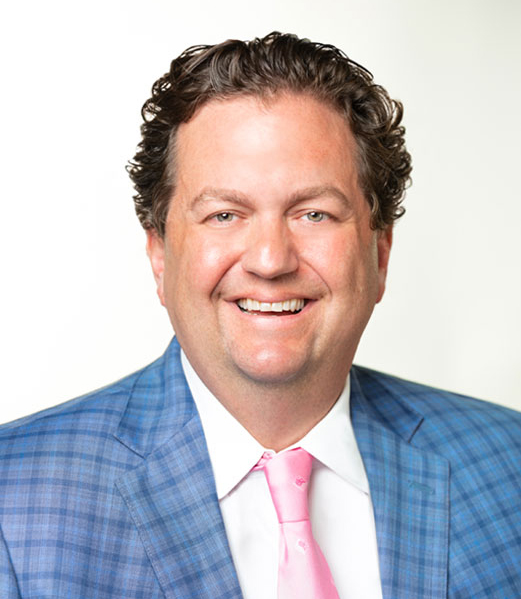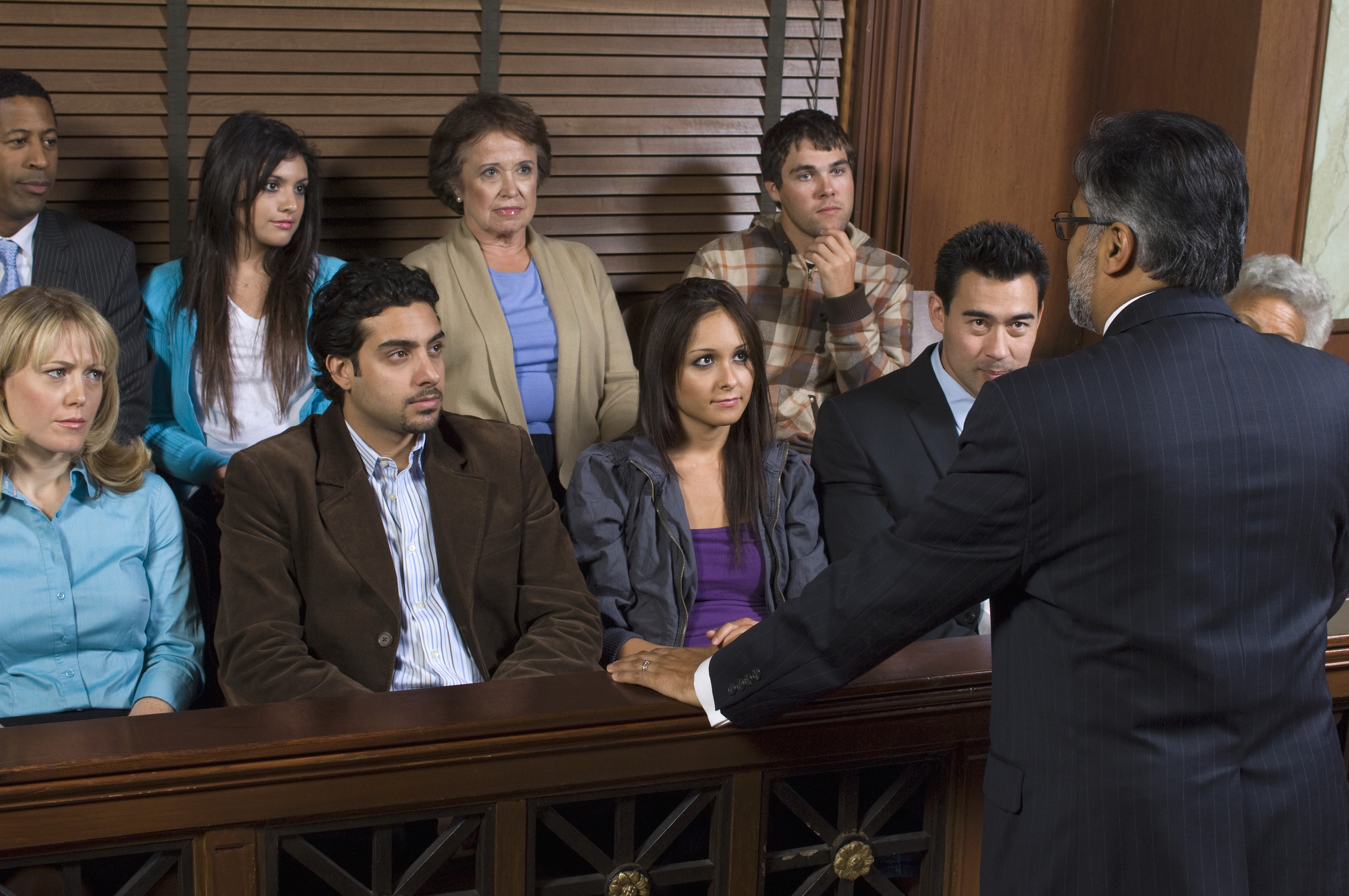Even the simplest auto accident trials are not simple – here are a few things you need to know:
- A pro-se auto accident trial with no attorney is a train wreck that will likely be derailed by the insurance defense attorneys;
- Most cases settle before trial, but you will not get full and fair compensation unless the defense knows there is a real threat of trial; and
- There are many things that must happen before you can get an auto accident case in front of a jury.
If your case is going to trial, it is most likely because the insurance company is not making a reasonable offer (although they might say it is because you are not accepting a reasonable offer…)
What should you expect if your auto accident case goes to trial in South Carolina?
Why Pro-Se Plaintiffs (and Defendants) Get Shut Down
Every person has the right to the attorney of their choice, or to represent themselves if they are mentally competent. Does that mean it’s a good idea?
The practice of law is complicated. It’s so complex that, for the most part, attorneys don’t have time to learn the law in three years of law school – rather, they learn how to research and analyze the law so that they can continue to learn, practice, and study throughout their careers.
To competently try an auto accident case, you must know both the substantive case law that applies to the facts of your case and the courtroom procedures, or rules, that govern trials and pretrial proceedings.
For example:
- The law of negligence;
- The laws regarding damages;
- The potential defenses that an insurance company will argue;
- How to make a claim;
- How to negotiate a claim without making damaging admissions;
- How to file a lawsuit – what must be included, what should not be included, and what will result in the lawsuit being dismissed;
- How to file motions, what kind of motions can be filed, how to schedule motion hearings, and the law that supports those motions;
- Discovery practice – what you can ask for and how to ask for it, including interrogatories, requests to produce, requests to admit, and depositions;
- Courtroom procedure;
- The SC rules of evidence and appellate law interpreting them (which many trained attorneys have trouble understanding);
- The SC rules of civil procedure and appellate law interpreting them;
- How to pick a jury; and
- Trial procedure and techniques – something that attorneys continue to study and learn decades after they have graduated from a law school.
If you’ve been injured in a car accident because of someone’s negligence, the first and most important thing that you can do to help your case and maximize any potential recovery is to find and retain an experienced personal injury trial lawyer.
What Happens During a SC Auto Accident Trial?
In some cases, it can take years to complete pretrial discovery, motions, and mediation before you can get your case in front of a jury.
When the day comes, and your case is called for trial, there will be several stages of the trial, each with their own set of rules and caselaw that determines what the attorneys can and can’t do and what types of evidence will be admissible.
Jury Selection
Jury selection in South Carolina is a limited procedure that is done with very little information.
Although your attorney can get the list of potential jurors in advance of trial and gather some information on the jurors, your attorney is not permitted to talk with the jurors or question them before deciding who will sit on your jury.
Each side has a limited number of “peremptory strikes” they can use on jurors, as long as the decision is not made based on race or another discriminatory basis. Each side can also ask the court to excuse a juror “for cause” if they are related to one of the parties or if there is another obvious reason they cannot be impartial.
Pre-Trial Motions
There may be several motions from either side that the Court hears before the trial date, and more motions may be heard at the beginning of trial.
These may include pretrial motions to suppress or exclude certain types of evidence, to “sequester” the witnesses during trial, to recuse a judge or attorney, to force a plaintiff to “elect” which theory they are going forward under, or to anticipate and get a pretrial ruling on any issue that could affect the presentation of the case during trial.
Opening Statement
After the jury has been selected and pretrial motions have been heard, the accident victim’s attorney and the insurance defense attorney will give their opening statements.
What is an opening statement? It’s each side’s opportunity to:
- Preview the evidence in their case;
- Tell their client’s story;
- Build trust with the jurors they have selected; and
- Most importantly, to provide a framework through which the jurors will see the facts throughout the trial, so they will understand why your attorney is presenting certain types of evidence and why they should decide the case in your favor at the end.
Direct Examination
Each side will conduct what is called a “direct examination” when they call witnesses to testify.
During direct examination, the attorney can only ask “open-ended” questions and cannot suggest the answer for the witness. Your attorney tells your story through direct examination by prompting the witness to tell the jurors what they observed, to explain how the accident happened, or to give critical information to the jurors.
Cross-Examination
After the direct examination is finished, the other side’s lawyer gets to “cross-examine” the witness and test their observations or truthfulness.
Cross-examination is your attorney’s opportunity to tell your story through the other side’s witnesses, by asking closed-ended questions – telling the witness what happened and then asking if they agree with each statement.
An effective cross-examination may be the best evidence in many auto accident trials – evidence that is introduced through the other side’s witnesses is almost always more credible and powerful than evidence that is introduced through your own witnesses…
Introducing Evidence
Your attorney can “introduce” admissible evidence through any witness during direct examination or cross-examination. The evidence must be admissible, the other side will have the opportunity to object, and there is a procedure that must be followed that includes:
- Marking the evidence as an exhibit;
- Showing the other side before the jury can see it;
- “Publishing” the evidence to the jury; and
- “Introducing the evidence” so that it becomes part of the court’s file and goes to the jury room during deliberations.
Objections
Throughout the trial, your attorney and the other side’s attorneys might make objections. The purpose of objections is to: 1) prevent the other side from showing inadmissible evidence or eliciting inadmissible testimony; and 2) to preserve the issue for appeal.
It’s not enough to just say, “I object!” The attorney must also state the grounds for the objection so that the court understands the reason the evidence or testimony is inadmissible, and to preserve the objection for appeal.
Some attorneys become frustrated and lose composure when the other side objects, especially when the court sustains the objection. The truth is that objections often help our case – if the other side is objecting, clearly, they don’t want the jury to see that piece of evidence or hear that testimony.
Even when the court sustains an objection, it underlines that moment in trial and jurors are more likely to remember it…
Closing Argument
At the end of the trial, after both sides have presented their witnesses and evidence, each attorney has the opportunity to make a closing argument to the jurors.
During closing argument, your attorney can:
- Tie the evidence together into a coherent and persuasive story that jurors can understand and relate to;
- Make any reasonable inferences from the evidence and testimony that was presented during the trial;
- Explain how you met your burden of proof during the trial; and
- Explain why the jurors should award the damages that are owed to you.
Jury Instructions
The Court will “instruct” the jurors on the law that applies to the facts of your case – this usually consists of a long, boring, recitation of caselaw and statutes by the court during which jurors and attorneys will struggle to stay awake…
But, it can also be a critical stage of your trial. Because the jurors are bound by the law as the judge explains it to them, your attorney and the defense attorneys will research appropriate jury instructions based on the facts of your case and events during the trial – and argue with the court and defense counsel to ensure that the court includes jury instructions that are favorable to you.
Deliberation
After the final closing arguments and the court’s instructions, the jurors will “retire to the jury room” and begin their deliberations. Most attorneys (and their clients) will tell you that this is the most difficult part of the trial – waiting for the verdict.
Appeal
Either side may appeal the verdict based on alleged mistakes made by the judge during the trial or other irregularities. This is one reason attorneys try to settle cases before trial whenever possible – the appeal process can take years. Years that you may not have if your bills are piling up and you need financial relief now.
On the other hand, some insurance companies will pay the verdict after trial. In other cases, when an insurance company is being unreasonable and refusing to pay what they owe, trial may be the only reasonable option…
SC Auto Accident Trial Lawyers in Myrtle Beach, SC
The SC auto accident attorneys at Coastal Law will investigate your case, negotiate with the insurance company or defendant, and do everything possible to get full and fair compensation in a pretrial settlement. But, when the defendant refuses to settle or refuses to pay the full amount that you are entitled to, we will take them to trial and ask a jury to force them to pay.
Call now at (843) 488-5000 or contact us by email to speak with a Myrtle Beach auto accident attorney today.



